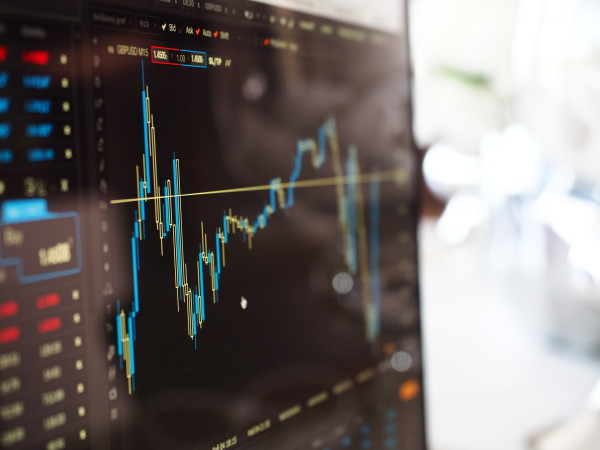

None of the 381 structured products that matured in 2018 has lost money, according to data from Lowes Financial Management.
The advice firm found all products returned at least the capital, and the vast majority made a positive return.
According to Lowes, 23 of the 381products that reached the point where investors receive their capital back, broke even in 2018, with the remainder returning a profit.
Two thirds of the products that matured in 2018 were offering exposure to the FTSE.
Ian Lowes, managing director at Lowes Financial Management, said: "Without a doubt the biggest achievement for the sector is that our ‘Black Hole’ award given to the worst structured product to fail investors was empty this year as no products produced a loss. This is the first time this has happened."
Structured products are investments that allow investors to take a position on the movement of a market or asset class as a whole. Often these products are owned to provide downside protection.
For example, an adviser may buy an actively managed UK equity fund, which will make money for clients if the stocks in the fund rise in price, and then own a structured product that pays out as long as the FTSE as a whole doesn’t fall below a certain level.
Structured products typically are backed by investment banks, and the collapse of Lehman Brothers a decade ago meant many such products defaulted.
Adrian Lowcock, investment director at Willis Owen, said he was not keen on structured products because of their cost.
He said: "They work well in years like 2018, because effectively they can smooth investment returns over a number of years.
"This means that in the good years when the markets are rising the investor gets less of that growth but in return they offer protection against modest falls in markets as we saw in 2018.
"Whilst the falls last year may feel significant the FTSE 100 only fell 12.5 per cent which isn’t overall large when you consider the longer term performance.
"The issue is that investors effectively give up some of the growth for some capital protection and pay a fee for doing this.
"There are ways to protect your portfolio and not necessarily pay the costs, which are often unclear to investors."
david.thorpe@ft.com



